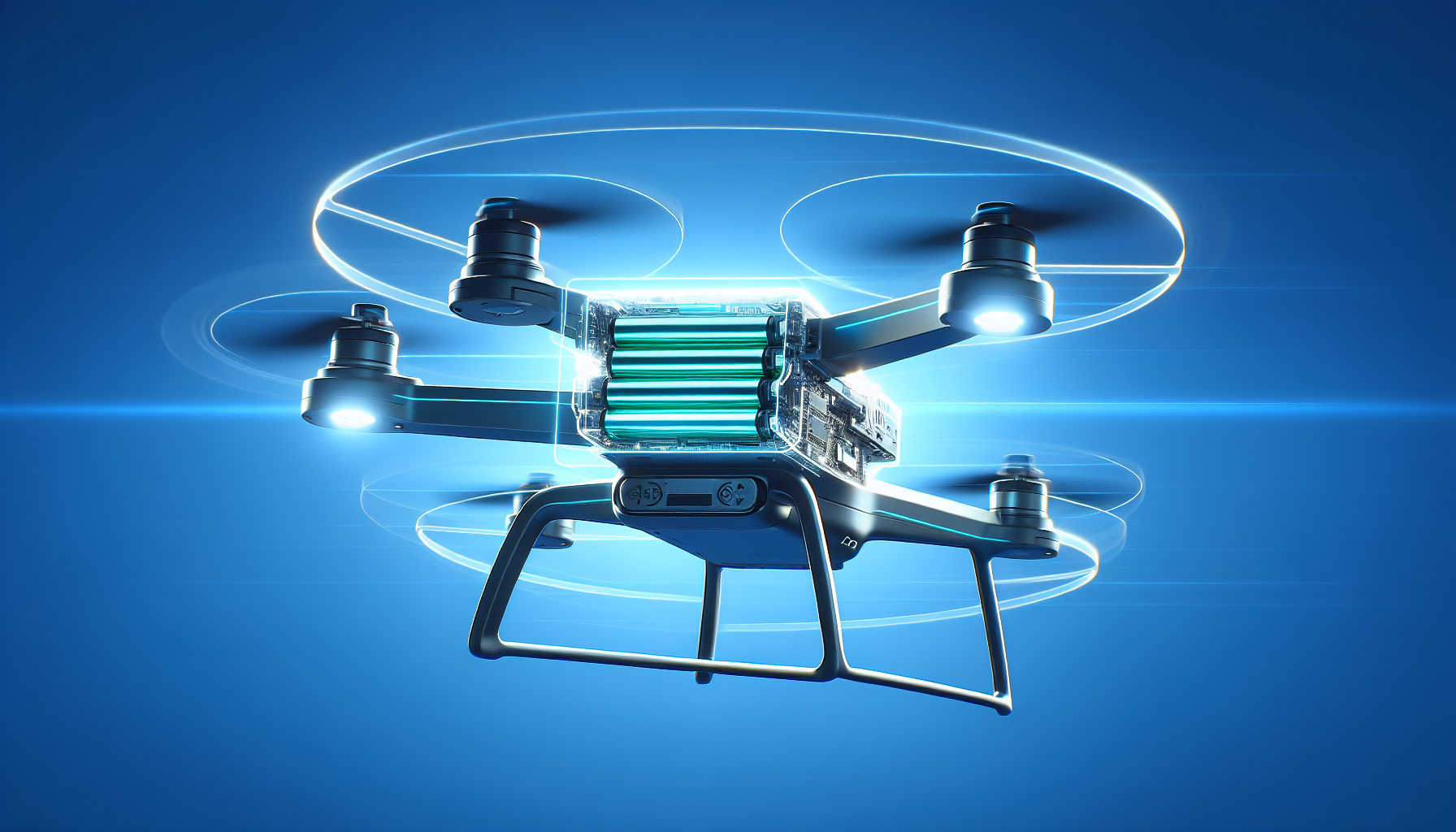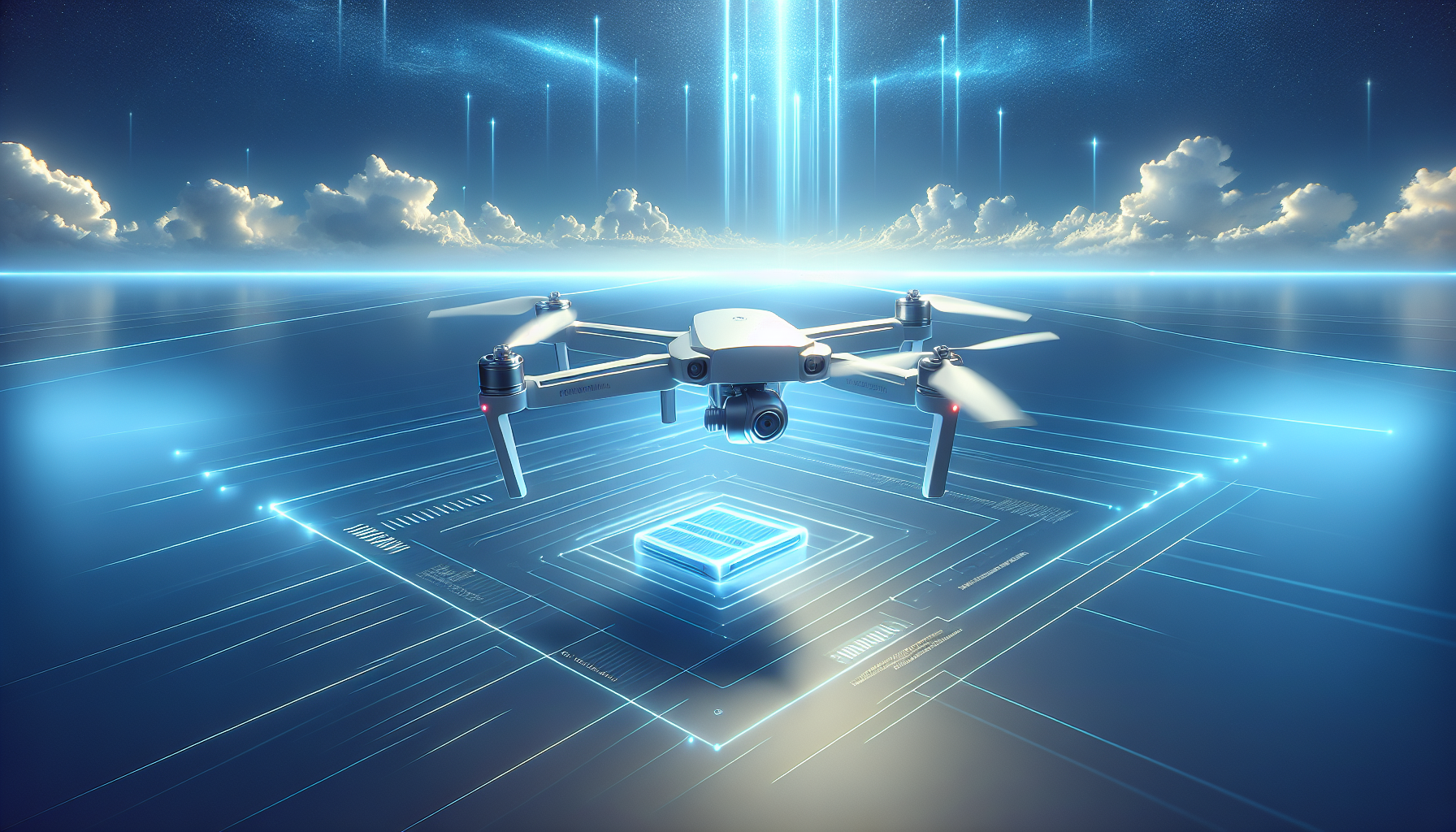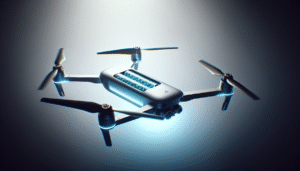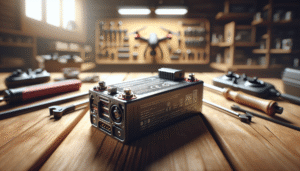Have you ever found yourself staring at your drone’s manual, puzzled over what all those battery instructions actually mean? Trust me, you’re not alone. Understanding the basics of drone batteries is crucial, especially if you’re a new pilot eager to master the skies without crashing—either literally or financially. While I might have once thought that the battery was just a little extra weight my drone had to lug around, it turns out it’s the lifeline. So, setting aside any trepidation, let’s venture into the world of drone batteries and discover the common missteps you should dodge to keep your flying dreams intact.

Understanding the Basics of Drone Batteries
Before we delve into the more intricate details, let’s start with the ABCs of drone batteries. After all, having a firm grasp of the basic elements will make it much easier to navigate the complexities later on.
Types of Drone Batteries
The world of drone batteries may seem like a maze, but it’s less daunting once you know your way around. The two most prevalent types are Lithium Polymer (LiPo) and Lithium-Ion (Li-Ion) batteries. Both have their pros and cons, and knowing these can help you make informed choices.
| Battery Type | Advantages | Disadvantages |
|---|---|---|
| LiPo | Lightweight, high energy density, delivers high current | Prone to swelling, sensitive to overcharging and discharging |
| Li-Ion | Longer lifespan, stable, less prone to swelling | Heavier, lower current output, tends to be bulkier |
LiPo batteries are the go-to choice for most drones due to their high energy density and ability to deliver the power needed for swift aerial maneuvers. However, they require more careful handling. Alternatively, Li-Ion batteries offer more stability and longevity, making them a solid choice for cautious or casual flyers.
Battery Capacity and Voltage
Ah, the classic question: how long can my drone fly? Battery capacity, measured in milliampere-hours (mAh), and voltage are the key players here. The higher the mAh, the longer your drone can stay in the sky, assuming you’re not flying it like you stole it.
Voltage, indicated by the number of cells in a series (for instance, 3S usually denotes a three-cell setup), is equally vital. Higher voltage typically means more power and speed, but with great power comes greater responsibility… and faster battery drain.
C Rating: What’s That?
When I first heard about the C rating, I thought it might be the grade my flying skills were destined to receive. Turns out, it’s actually a measure of a battery’s discharge rate capability. A higher C rating means more power output, which is ideal if you’re into speedy flights or carrying weighty payloads.
For example, a battery with a 20C rating can discharge at 20 times its capacity, enabling your drone to handle high-energy tasks. However, always ensure that your setup can handle the C rating, as miscalculations can lead to overheating or damaging your battery.
Charging Your Drone Battery Correctly
Charging seems like it should be the easy part, right? Just plug it in and wait. If only it were truly that simple. Charging your drone battery requires careful attention; mistakes here can be costly, if not safety risks.
Choosing the Right Charger
Not all chargers are created equal, and using the wrong one can significantly impact your battery life and performance. It’s best to use a charger specifically designed for your type of battery, preferably one with a built-in balance charger. These devices ensure that each cell within the battery charges evenly, protecting the battery from overcharging and prolonging its lifespan.
Charging Practices
Remember the golden rule: never leave a charging battery unattended. Even with the best chargers, unforeseen issues can arise. Set a timer if you need a reminder, and double-check that your charger is in good working condition.
It’s best to charge batteries in a fireproof bag or on a non-flammable surface. These might seem like extreme precautions, but they can minimize potential damage in case of a mishap.

Mistakes to Avoid
If you’re anything like me, learning from your mistakes isn’t always the preferred method. To save you some potential headaches, here are common missteps you might encounter as you get acquainted with drone batteries.
Overcharging
Overcharging is one of the most frequent errors and can lead to battery damage, reduced lifespan, or even fires. Be sure to remove your battery from the charger once it’s fully charged. If your charger doesn’t have an automatic shut-off feature, invest in one that does—it’s a true lifesaver, both figuratively and literally.
Over-Discharging
Discharging your battery beyond its safe limit is just as perilous as overcharging. It might be tempting to squeeze a few extra seconds of flight time when your battery’s low, but it’s a gamble with high stakes. Most drones will have a low-battery alert, but it’s essential to heed the warnings to prevent irreversible damage.
Storage Mistakes
Proper storage can significantly extend the life of your drone batteries. Store them at a 40-60% charge level, in a dry place at room temperature. Long-term storage at full charge can drastically decrease life span, while storage at a minimal charge can render them ineffective.
Routine Maintenance
Like any good relationship, your drone batteries require maintenance to thrive. Investing a little time in upkeep can pay off in longer, more effective flights.
Regularly Check for Damage
Inspect your batteries frequently for any signs of damage or swelling, and never use a battery that appears impaired. Damage can compromise safety and efficiency.
Practice Smart Cycling
By regularly discharging and recharging your battery—known as cycling—you ensure each cell remains active. It’s beneficial for batteries you’re not using frequently, like spares or backups.
Keep Firmware Updated
Checking for and updating your drone’s firmware is often overlooked but can positively impact battery performance. Updated firmware can improve flight stability, manage power better, and alert you to battery health issues before they become critical.
Safety Comes First
Navigating the intricacies of drone battery maintenance is like finding your way through a field of untended wildflowers. Pretty to look at, but with unexpected pitfalls if navigated without care.
Understand the Regulations
Every region has its own rules and regulations regarding drone flying and battery usage. Being informed can keep you out of hot water and in the skies.
Educate Yourself on Emergency Protocols
In unfortunate circumstances, things may go south despite every precaution. Being equipped with knowledge about emergency procedures, including handling battery fires, can be a lifesaver.
Wear Protective Gear
When working with or checking on your batteries, it’s wise to wear safety glasses and gloves. Imagine explaining battery burns to anyone without cringing.
Conclusion
Navigating the world of drone batteries is undoubtedly an adventure, and while every new pilot faces missteps, being proactive can save both headaches and heartaches. By understanding the essentials, avoiding common errors, and staying committed to maintenance, you can keep your drone soaring smoothly. If nothing else, should your battery misbehave, at least you’ll have a fascinating story for your next social gathering. Safe flying!


